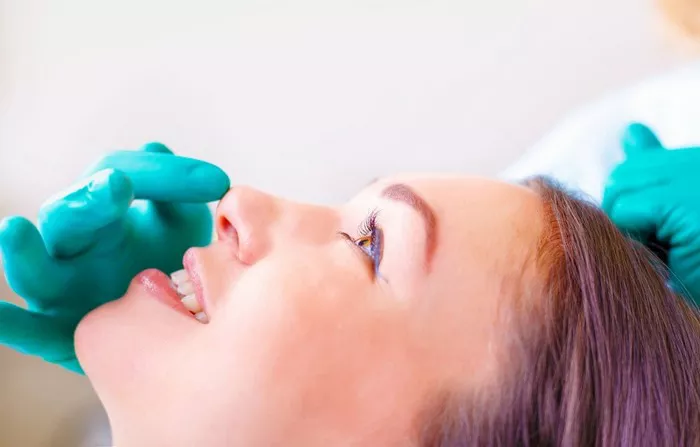Rhinoplasty is a surgical procedure that is performed to reshape the nose. After the procedure, a cast is placed on the nose to help support the new shape and promote healing. The cast is typically removed about a week after the surgery. In this article, we will explore what to expect after rhinoplasty cast removal.
Rhinoplasty Cast Removal
The cast is typically removed about a week after the rhinoplasty procedure. The removal process is typically quick and painless. Your surgeon will use a special tool to gently remove the cast from your nose. You may feel some pressure or discomfort during the removal process, but it should not be painful.
After the cast is removed, you will be able to see the new shape of your nose for the first time. It is important to keep in mind that the nose will still be swollen and bruised, and the final results of the procedure may not be visible for several months.
Swelling and Bruising
After the cast is removed, you can expect to experience some swelling and bruising around your nose and eyes. This is a normal part of the healing process and should begin to subside within a few days. You can help reduce swelling by applying cold compresses to the area and keeping your head elevated when you sleep.
It is important to avoid any activities that may increase blood flow to the nose, such as bending over, lifting heavy objects, or engaging in strenuous exercise. Doing so can increase swelling and prolong the healing process.
Pain and Discomfort
You may experience some pain and discomfort after the cast is removed. Your surgeon will prescribe pain medication to help manage any discomfort you may experience. It is important to follow your surgeon’s instructions for taking medication and to avoid taking any over-the-counter pain medications without first consulting with your surgeon.
It is also important to avoid any activities that may cause pain or discomfort, such as blowing your nose or touching your nose. Doing so can increase the risk of bleeding and prolong the healing process.
Nasal Congestion
You may experience some nasal congestion after the cast is removed. This is a normal part of the healing process and should improve within a few days. You can help reduce congestion by using a saline nasal spray or a humidifier.
It is important to avoid any activities that may increase nasal congestion, such as exposure to allergens or irritants. Doing so can prolong the healing process and increase the risk of complications.
Activity Restrictions
After the cast is removed, your surgeon will provide you with instructions on what activities you should avoid and how to care for your nose as it heals. It is important to follow these instructions carefully to ensure proper healing and to avoid any complications.
It is typically recommended that you avoid any strenuous activity or exercise for at least two weeks after the cast is removed. You should also avoid blowing your nose or putting any pressure on your nose for at least two weeks.
It is important to avoid any activities that may increase the risk of injury to your nose, such as contact sports or activities that could result in facial trauma. Doing so can increase the risk of complications and prolong the healing process.
Follow-Up Appointments
After the cast is removed, you will have follow-up appointments with your surgeon to monitor your healing progress. Your surgeon will check the shape of your nose and make sure that it is healing properly. It is important to attend all follow-up appointments and to contact your surgeon if you experience any unusual symptoms or complications.
Your surgeon may also provide you with additional instructions on how to care for your nose as it continues to heal. It is important to follow these instructions carefully to ensure proper healing and to achieve the best possible results from your procedure.
Final Results
It is important to keep in mind that the final results of rhinoplasty may not be visible for several months. The nose will continue to heal and change shape as the swelling subsides. It may take up to a year for the final results to be visible.
It is important to be patient and to follow your surgeon’s instructions carefully during the healing process. By doing so, you can help ensure that you achieve the best possible results from your rhinoplasty procedure.
Complications
While complications are rare, they can occur after rhinoplasty. Some of the most common complications include bleeding, infection, and poor healing.
It is important to contact your surgeon immediately if you experience any unusual symptoms or complications after rhinoplasty cast removal. Your surgeon can provide you with guidance on how to manage any complications and can help ensure proper healing.
Conclusion
Rhinoplasty cast removal is an important step in the healing process after rhinoplasty surgery. After the cast is removed, you can expect to experience some swelling, bruising, and discomfort. It is important to follow your surgeon’s instructions carefully during the healing process to ensure proper healing and to achieve the best possible results from your procedure.
If you have any questions or concerns about your rhinoplasty cast removal or the healing process, be sure to contact your surgeon for guidance. By following your surgeon’s instructions and taking care of your nose as it heals, you can help ensure a successful and satisfying rhinoplasty experience.

